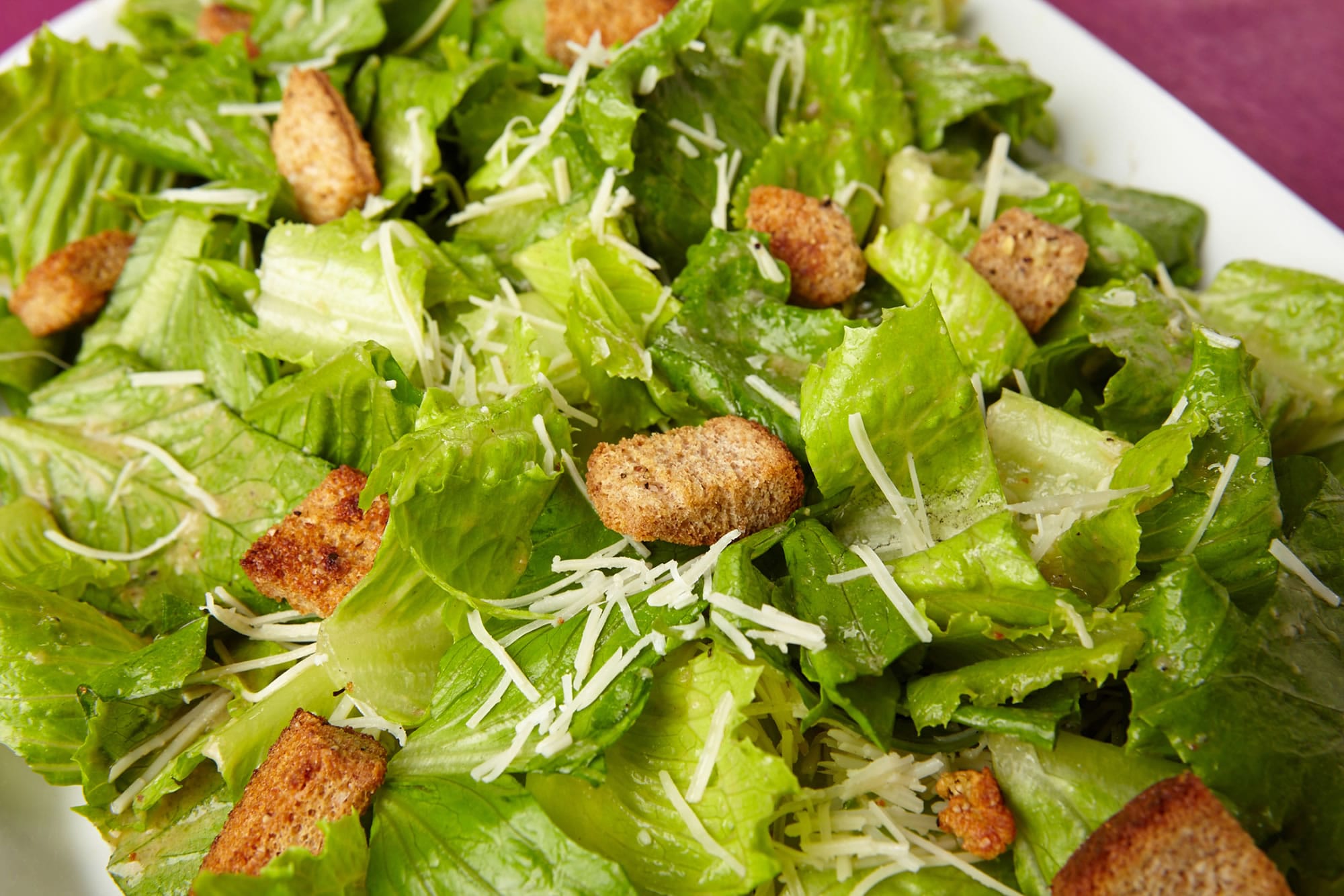When faced with a menu decision, many people believe a salad is the healthiest option. This is not always the case, as salads can be loaded with even more calories and fat than other entrees. A lot depends on the ingredients.
For example, Corner Bakery’s Santa Fe Ranch salad contains 820 calories, 49 grams of fat and 1,500 mg of sodium (1,500 is the maximum the Centers for Disease Control and Prevention recommends for most adults per day).
Panera is known for its “hand-tossed and freshly prepared” salads. Its Fuji Apple with Chicken Salad does better in most categories, with 560 calories, 34 grams of fat and 670 mg of sodium, but it also packs in 21 grams of sugar. Add the baguette that’s served on the side, and you’ve got another 140 or 150 calories.
Some of the worst offenders are from popular sit-down chains. The Carolina Chicken Salad at Ruby Tuesday contains a whopping 1,106 calories, 47 grams of fat and 1,182 mg of sodium. And the Quesadilla Explosion Salad at Chili’s must be one of the unhealthiest salads out there, with 1,430 calories, 96 grams of fat (28 grams of saturated fat), and 3,090 mg of sodium.



